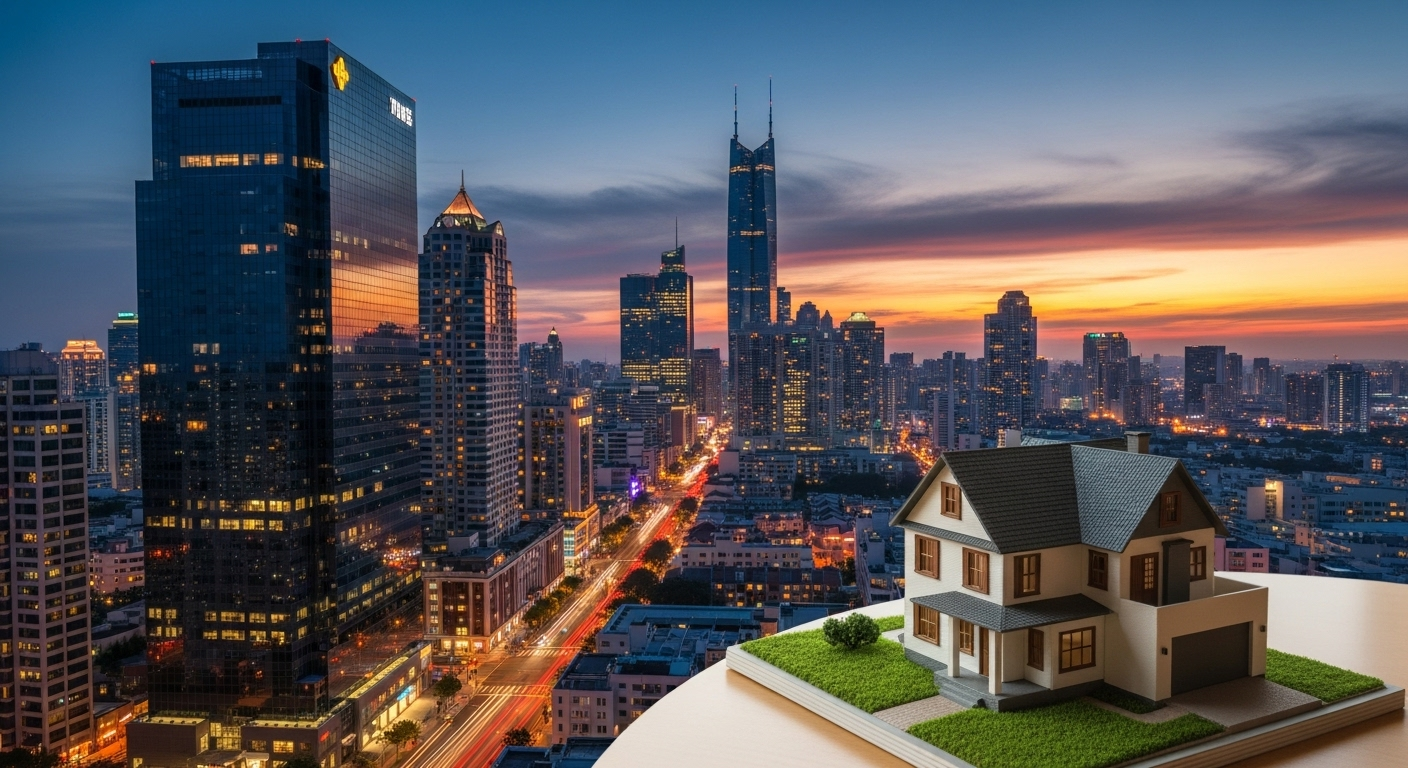Revitalizing Historic Districts: A New Frontier in Real Estate
The intersection of preservation and profit is reshaping urban landscapes across the nation. As developers and investors turn their attention to historic districts, a unique opportunity emerges to blend the charm of yesteryear with modern amenities. This trend is not just about restoring old buildings; it's about reimagining entire neighborhoods, creating vibrant communities that honor the past while embracing the future. The potential for both cultural enrichment and financial gain is substantial, but navigating this niche market requires a delicate balance of respect for history and innovation in design.

Challenges of Restoration and Renovation
Investing in historic properties is not without its hurdles. Strict preservation guidelines often dictate what can and cannot be altered, which can significantly impact renovation plans and budgets. Outdated infrastructure, hazardous materials like lead paint or asbestos, and structural issues are common obstacles. Moreover, the specialized skills required for authentic restoration can drive up costs. Despite these challenges, many investors find the end result—a beautifully restored property with modern amenities—well worth the effort and expense.
Financial Incentives and Tax Benefits
One of the most compelling aspects of investing in historic districts is the array of financial incentives available. Many local, state, and federal programs offer tax credits, grants, and low-interest loans to encourage the preservation of historic properties. The Federal Historic Preservation Tax Incentives program, for instance, provides a 20% tax credit for the certified rehabilitation of income-producing historic structures. These incentives can significantly offset renovation costs and improve overall returns on investment.
Impact on Local Economies
The revitalization of historic districts often acts as a catalyst for broader economic development. As restored buildings attract new businesses and residents, surrounding areas typically see increased property values and improved quality of life. This ripple effect can transform once-neglected neighborhoods into thriving cultural and commercial hubs. However, it’s crucial to approach such development thoughtfully to avoid the pitfalls of gentrification and displacement of long-time residents.
Balancing Authenticity with Modern Demands
One of the greatest challenges in revitalizing historic districts is striking the right balance between preserving authenticity and meeting modern expectations. Today’s renters and buyers often seek open floor plans, energy efficiency, and smart home technologies—features that may seem at odds with historic preservation. Successful developers find creative ways to incorporate these elements without compromising the integrity of the original architecture. This might involve hidden tech installations, carefully planned additions, or innovative use of existing spaces.
The Role of Community Engagement
Successful revitalization projects often hinge on strong community support. Engaging local residents, businesses, and preservationists from the outset can help navigate potential conflicts and ensure that development aligns with community values. This collaborative approach not only smooths the path for approvals but can also lead to more authentic and vibrant outcomes. Some developers have found success in creating mixed-use spaces that serve both tourists and locals, helping to maintain the neighborhood’s character while boosting its economic viability.
Future Trends in Historic District Revitalization
As we look to the future, several trends are likely to shape the revitalization of historic districts. Sustainability is becoming increasingly important, with developers finding ways to incorporate green technologies into historic structures. Virtual and augmented reality technologies are being used to showcase the potential of properties before restoration begins, helping to attract investors and buyers. Additionally, there’s a growing interest in adaptive reuse projects that transform historic buildings for entirely new purposes, such as converting old factories into loft apartments or schools into community centers.
Conclusion
The revitalization of historic districts represents a unique and potentially lucrative niche in the real estate market. While challenges abound, the rewards—both financial and cultural—can be substantial. As cities continue to evolve, these projects offer a way to preserve our architectural heritage while creating vibrant, livable spaces for future generations. For investors and developers willing to navigate the complexities of historic preservation, the opportunity to leave a lasting mark on urban landscapes is unparalleled. The key lies in approaching each project with a deep respect for history, a commitment to community engagement, and an innovative spirit that can bridge the gap between past and present.





